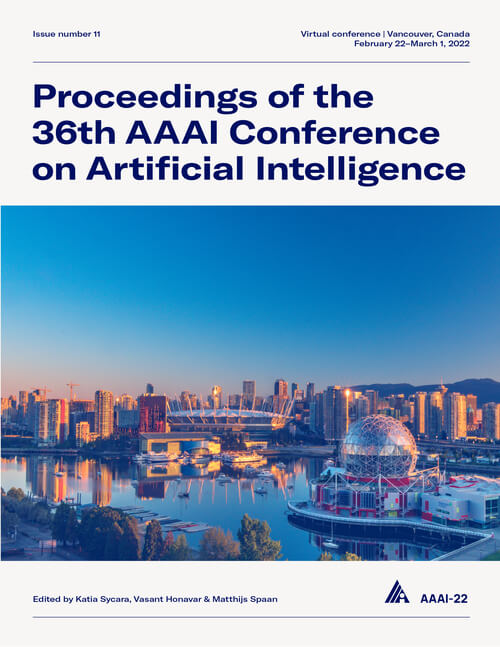STEM: Unsupervised STructural EMbedding for Stance Detection
DOI:
https://doi.org/10.1609/aaai.v36i10.21367Keywords:
Speech & Natural Language Processing (SNLP), Data Mining & Knowledge Management (DMKM)Abstract
Stance detection is an important task, supporting many downstream tasks such as discourse parsing and modeling the propagation of fake news, rumors, and science denial. In this paper, we propose a novel framework for stance detection. Our framework is unsupervised and domain-independent. Given a claim and a multi-participant discussion -- we construct the interaction network from which we derive topological embedding for each speaker. These speaker embedding enjoy the following property: speakers with the same stance tend to be represented by similar vectors, while antipodal vectors represent speakers with opposing stances. These embedding are then used to divide the speakers into stance-partitions. We evaluate our method on three different datasets from different platforms. Our method outperforms or is comparable with supervised models while providing confidence levels for its output. Furthermore, we demonstrate how the structural embedding relate to the valence expressed by the speakers. Finally, we discuss some limitations inherent to the framework.Downloads
Published
2022-06-28
How to Cite
Pick, R. K., Kozhukhov, V., Vilenchik, D., & Tsur, O. (2022). STEM: Unsupervised STructural EMbedding for Stance Detection. Proceedings of the AAAI Conference on Artificial Intelligence, 36(10), 11174-11182. https://doi.org/10.1609/aaai.v36i10.21367
Issue
Section
AAAI Technical Track on Speech and Natural Language Processing

